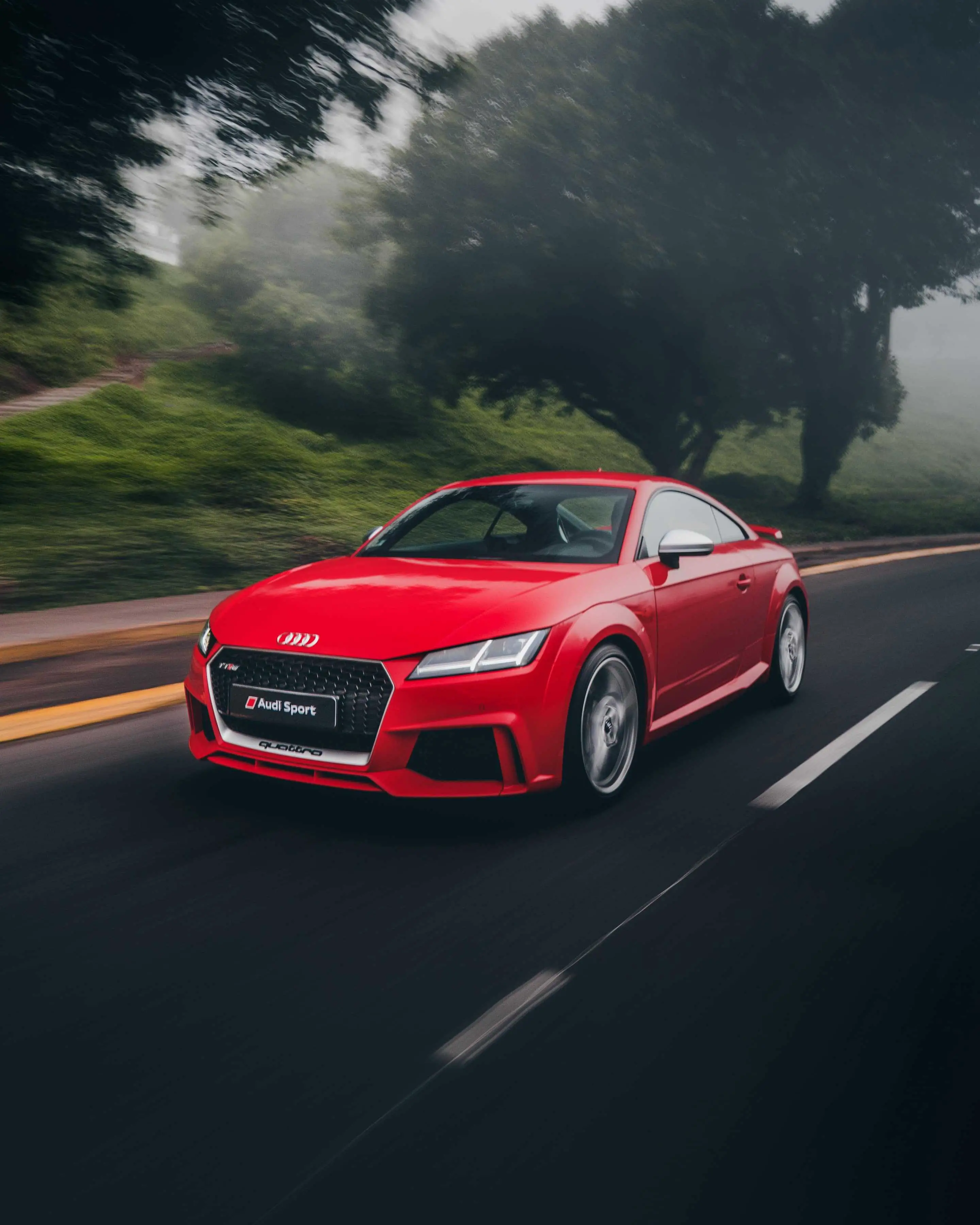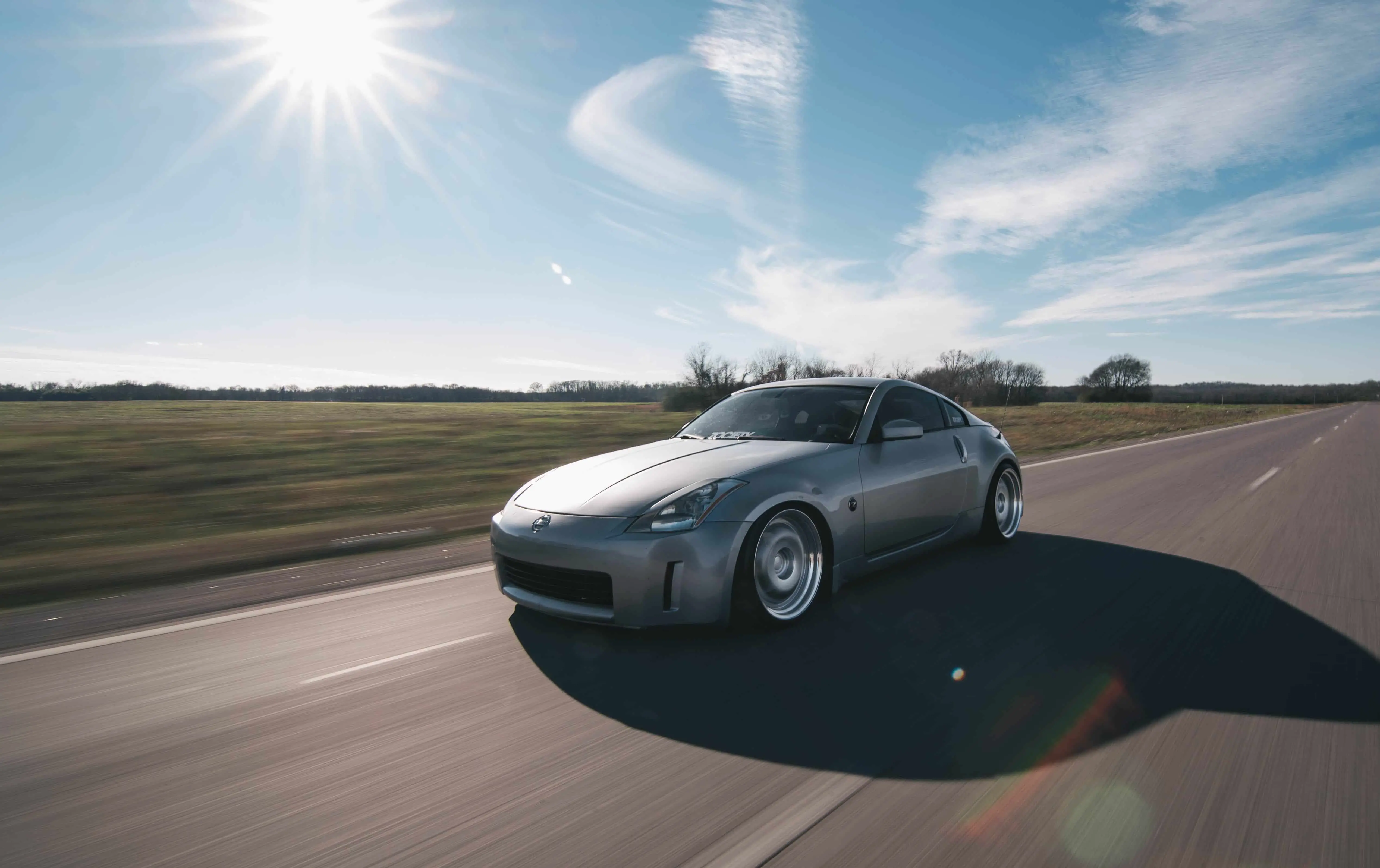Having someone honk at your while you are driving can cause many emotions depending on the reason someone blew their horn at you. However, what if it happens and you don’t know why they blew their horn. There could be a very valid reason and it could even be that the other driver is trying to warn you of a problem or concern they see on your car or up ahead.
If you tend to get honked at by a trucker driver on a consistent basis, there is a high probability that you are doing something wrong and possibility creating a dangerous situation. Below we will discuss the most common reason a driver gets honked at by a truck driver.
Top Reasons you get honked at by truckers
#1 – Driving in blind spots – Even the smallest of cars on the roads have blind spots. Typically, on regular passenger cars, the largest blind spot is going to be behind the left shoulder of the driver. You can adjust the side mirrors to help reduce this blind spot, but it’s almost near impossible to eliminate. In fact, it’s why in driving school, you are taught to turn your head and look over your shoulder.
Semi-trucks have blind spots as well. In fact, they have more of them and much larger ones that a regular car. In fact many people don’t realize it but, semi-trucks have blind spots in all 4 directions.
Front of truck – As odd as it may sound, the field of view directly in front of a truck has a blind spot due to the height at which the truck sits. On average, a truck driver is unable to see 20 feet out from their bumper. Therefore, if you cut in front of a truck and hit your brakes, odds are the truck driver is not going to be able to see your brake lights and may not even see your car.
Rear of truck – Another blind spot that truckers must account for that cars don’t is behind the truck. It’s estimated that a driver is unable to see anything that is closer than 30 feet to the rear bumper on the truck. Therefore, if you are following a truck too closely, he may not know you are behind him.
One scenario where this might prove to be dangerous is if something is laying in the middle of the road. If a truck driver sees debris in the middle of his lane up ahead and is unable to get over, it’s possible that his truck will be able to pass over it without harming his truck. However, if he doesn’t know you are behind him because you are following too close, he may not be able to warn you, thus cause you to hit the debris and doing damage to your car and possible creating an accident.
A rule of thumb to help determine if you are following too close to a semi-truck is to look for is side mirrors. If you are unable to see the truck’s side mirrors, the driver is not going to be able to see you. You’ll often see a decal on the back of a truck stating, “if you can see my mirrors, I can’t see you!”
Sides of trucks – The sides of semi-trucks have the largest blind spots that the driver much account for. On the passenger side of the truck, the blind spot can often extend up to two lanes of traffic and go well behind the truck. The blind spot on the driver’s side is smaller but still significant.
When driving near a semi-truck, do everything you can to stay out of the blind spots of a truck. I’m impossible to never get into these areas However, you can control how long you remain in them by simply paying attention and being aware of your surroundings.
#2 – Passing on the right – This is a pet peeve for many truck drivers because it can create unnecessary dangerous situations while on the roads and typically while traveling at high speeds.
In the United States, the law is that drivers must pass slower cars on the left. This helps traffic flow and helps avoid cars from unexpectedly appearing in the blind spots of truckers.
Passing a truck on the right can be very dangerous if he is trying to get over and doesn’t see you.
So many times, I see a truck with his blinker on to get over into the slow lane after passing a slower car or truck and a car will cut over into the slow lane to pass the truck. This is extremely dangerous. Just wait the extra 5 seconds and let the truck get over and pass him in the left lane like you are supposed to.
#3 – Driving too slowly – In the US, the laws state that slower drivers are to move to the right. If you are getting beeped at by a trucker who is behind you, then odds are it is because you are driving too slow and need to get over. It is much easier for a car to get over into the slower lane than it is for the trucker to move over into the passing lane.
A good rule to keep in mind is that if you are being passed by people in the right lane, you are in the wrong lane and should get over. It doesn’t matter if you are going over the speed limit or not.
#4 – Cutting in front of a truck – Cutting in front of a truck is very dangerous. Not only can the driver of the truck not see you, but there is a  high risk that the rear corner of the car clipping the front of the truck.
high risk that the rear corner of the car clipping the front of the truck.
When this occurs, the car usually loses control and because the rear end becomes unstable. Often, the car will turn sideways in front of the truck. Since the truck won’t have time to brake, a secondary collision ensures where the front of the truck hits the car in the driver or passenger side door.
#5 – Preventing wide right turns – Due to the length of 18-wheelers, they are unable to make right hand turns without taking up multiple lanes.
Pulling beside a truck trying to make a right hand turn could result in an accident due to the driver not being able to see you in his blind spot.
If you see that a semi truck has his right turn signal on, it’s important to remain behind the truck to ensure it has enough room to make the turn.
#6 – Following too closely – As we mentioned above in the section discussing the blind spots of a truck, following too closely is very dangerous. Not only can the driver not see you, but if the truck you are following too closely brakes suddenly it is likely that you will hit them from behind.
An accident where a car rear ends a semi-truck is called an “underride collision.” These accidents are extremely dangerous because often times, the car will become wedged under the trailer of the truck. Depending on the speeds of the vehicles involved, it can make extracting the person from the car very difficult. Often, the jaws of life are needed to cut the person from the mangled car.
#7 – On the phone or not paying attention – Not paying attention while driving is incredibility dangerous. Over the past decade, the use of cell phones while driving has become the number one reason for distracted driving and leads to thousands of crashes per year.
If a truck driver sees that you are not paying attention, then odds are he or she is going to beep their horn at you because the danger you are putting yourself and the other drivers in that are around you.
If your car does not come with a hands free setup, I highly recommend you picking one up. They can be found under $25 on Amazon. I currently have this particular model from Amazon in my car and have been very happy with it.
#8 – You’re good looking – many people don’t consider the fact that truckers can see much more than you might think due to their seating location being so much higher up than everyone else.
 If you are getting honked at often, it could be that you are good looking, and truckers are flirting with you. It could also be that you are wearing revealing clothing that they like and are complimenting you!
If you are getting honked at often, it could be that you are good looking, and truckers are flirting with you. It could also be that you are wearing revealing clothing that they like and are complimenting you!
If you are a female and you are wearing a low cut top or short dress, a truck driver in the slow lane will be able to get a good look at you. Don’t be surprised to get a beep of the horn from him.
Summary
These are the most common reasons that you are likely to get honked at by a nearby trucker. If you notice that you are getting beeped at on a consistent basis, it’s important that you try to understand why it is continuing to occur. Make mental notes of what you are doing and where you are in relation to the beeping truck so you can try to understand what you are doing wrong, so you can learn from it and avoid putting yourself and others in danger.
